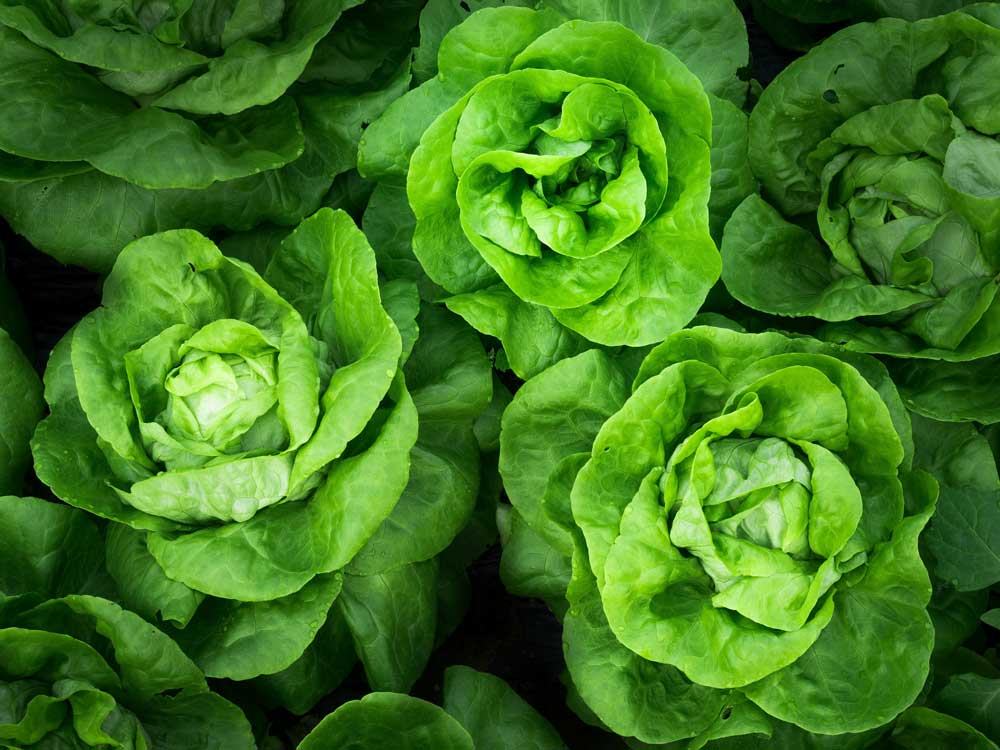Although most of the planting in our gardens is dormant at this time of year and crops and produce might seem a long way off, January is actually the perfect time to start the process of preparing for a bountiful harvest and a beautiful garden to enjoy when the weather begins to warm up.
There are many tasks that you can get going with now while you’re outside enjoying the bright and frosty days that the New Year brings.
Winter Digging
If you didn’t get round to preparing your soil earlier in the winter you can still get ahead now so long as the ground is not waterlogged or frozen. Ground that has been previously well cultivated will need only a light forking over but if you want to create new areas for planting it pays to put some work into it ahead of the Spring.
If you have some garden compost, Growlite or well rotted manure lay this on the top of the soil so that as you work the soil this gets incorporated to add much needed organic material.
Starting at one end of the plot, dig a complete row across it, turning each spadeful over so it buries the organic matter. Work over the whole plot in this way, row by row, until you have a well aerated and enriched blank canvas for your planting in a few months time.
Store Your Canes & Plant Supports
Sort through all your plant supports and replace any split or broken bamboo canes or mis-shaped supports. Store them upright in a dry spot so that they are all ready to use when your crops need them.
Look After Your Tools & Equipment
Now is a great time to clean, oil and sharpen any garden tools and implements that may have been put away at the end of the summer.
Wash tools down and scrub or scrape off any hard dried soil.
Wipe wooden handles with a rag and a light coating of linseed oil.
Oil blades and edges of tools and mowers and the mechanisms of secateurs and shears.
Re-organise Your Storage Space
Storage can become a problem very quickly in the summer so use this winter break to add tool racks and shelves to your greenhouse, shed or work area to neatly store garden tools, wire and seeds.
Organise compost heaps, clean greenhouse staging and sort through nets, fleece and shading replacing any that is torn or worn.
Wash pots and seed trays to keep pests and diseases at bay and replace any that are split or worn.
To reduce the use of plastic in your gardening consider alternatives such as bamboo, coir or hemp pots and planters.
Protect from Freezing
Wrap outside taps and water butts in insulating fabric or bubble wrap to prevent from freezing.
Deal with frozen paths by sprinkling with gritty sand to help avoid slips – don't use salt as will wash into the lawn and beds which is bad for your plants!
Keep off the lawn – frozen or wet grass will soon be damage by walking or wheel-barrowing across it so add so make use of temporary pathways such as Easy Path to avoid bare patches later in the year.
Water containers only occasionally in winter as the plants are dormant and waterlogged pots will freeze quickly on a cold night.
Protect plants against frost with an Easy Fleece jacket which can be taken off quickly on sunny days.
Group your pots together in a sheltered sunny spot to provide natural protection.
Plan Your Kitchen Garden
Plan your vegetable patch on paper before ordering seeds so that you don’t end up with too much of the same thing. Remember to rotate your crops and sow in succession to ensure a bumper crop throughout the season.
Prepare for early sowing by using a Kitchen Garden Cloche or similar protection to warm up the soil and get your seedlings off to a good start.
Prune apple and pear trees – thin out the growth to allow more light and air to the developing fruit and keep the tree size manageable for your space.
Rejuvenate overgrown fruit bushes by reducing the old growth by one third cutting branches down to the base of the plant.
Raspberries can be cut down to the ground now as they fruit on new growth. Protect fruit cages by brushing any fallen snow from the roof net to prevent the weight causing it to bend or break.
If you live in an area prone to heavy snow then remove the roof net from your cage and replace it in the spring.
Chit potatoes in trays or egg cartons on a window sill or in the greenhouse ready for planting out in late March.
Force Rhubarb for an early tender crop by covering your plant with a traditional terracotta forcer or an old bucket – you will be rewarded with a sweet harvest in time for Valentines Day! 
Water Sparingly
Continue watering greenhouse plants sparingly and check them for signs of disease or infestation – cover pots with wire mesh where rodents may be an issue.

Start To Sow Your Sweet Peas
Sow Sweet Peas in Rootrainers to encourage strong established seedlings and avoid root disturbance when it comes to planting out.






Leave a comment